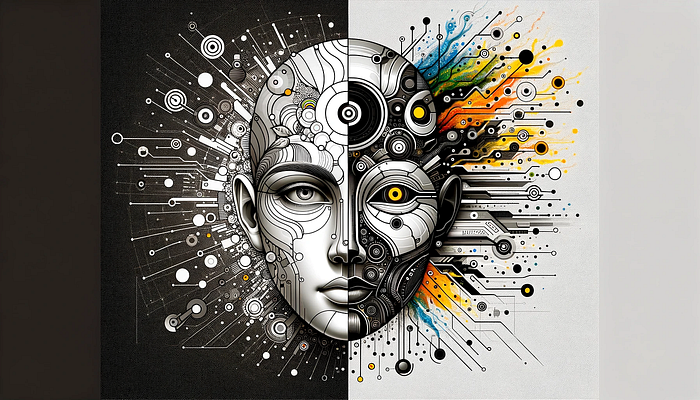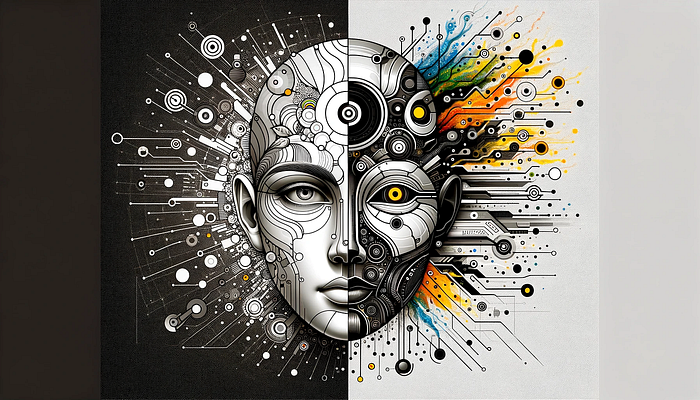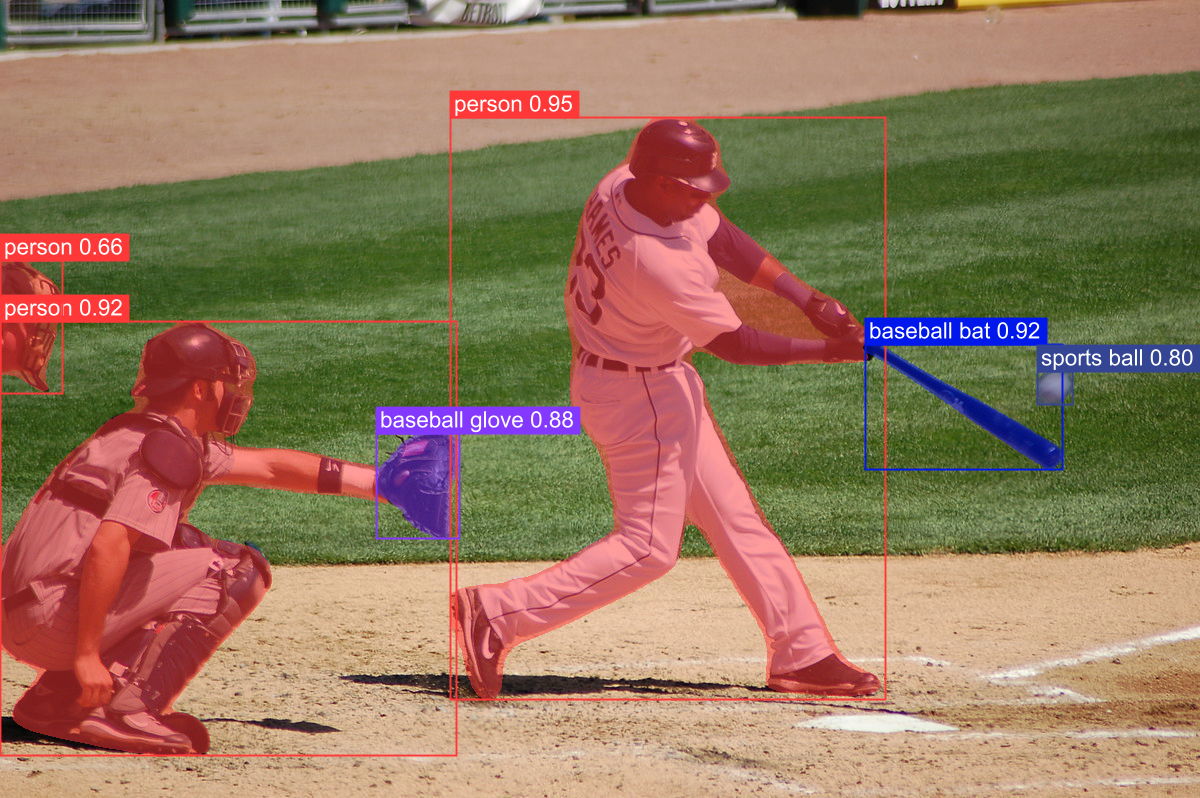Unleashing the Power of Deep Learning: Revolutionizing Recommender Systems

Personalized recommendations have become invaluable in today’s digital age, where options abound and time is precious. Whether finding the perfect movie to watch, discovering a new book, or uncovering hidden gems in a vast online store, recommender systems are pivotal in delivering tailored user experiences.
In this article, we embark on a journey to explore the transformative potential of deep learning in revolutionizing recommender systems. Buckle up as we dive into the world of collaborative filtering, content-based filtering, and the exciting realm of hybrid models.
The Marriage of Recommendation Science and Deep Learning Magic
Traditionally, recommender systems relied on rule-based approaches, limited user-item interactions, and shallow machine learning techniques. However, deep learning has opened new horizons, allowing recommendation engines to unravel intricate patterns, uncover latent preferences, and provide accurate suggestions at scale.
By leveraging the power of neural networks, deep learning techniques breathe new life into recommendation algorithms, empowering them to handle complex data and surpass the limitations of their predecessors.
Collaborative Filtering with Deep Learning: Peering into the Wisdom of the Crowd
Collaborative filtering forms the bedrock of many recommendation systems, tapping into the collective intelligence of users. With deep learning, collaborative filtering reaches new heights as it learns from vast user-item interaction data, capturing nuanced relationships and latent factors.
Deep learning models like matrix factorization and neural collaborative filtering learn to map users and items into a latent space, enabling accurate prediction of user preferences. Through a seamless training process and rigorous evaluation, these models extract valuable insights from the crowd, transforming user behavior into personalized recommendations.
Content-Based Filtering with Deep Learning: Unveiling the Essence of Users and Items
While collaborative filtering excels in capturing user behavior, content-based filtering looks beyond user-item interactions and delves into the intrinsic characteristics of items. Deep learning breathes life into content-based filtering by extracting powerful representations from textual descriptions, images, or other item attributes.
With deep learning models, recommendation engines can comprehend and exploit the nuances of content, enabling them to match items with users’ tastes more accurately. By blending user preferences and object characteristics, content-based filtering with deep learning brings a new level of personalized recommendations.
Hybrid Models: Combining Collaborative and Content-Based Filtering
Recognizing the strengths of both collaborative and content-based filtering, hybrid models emerge as a dynamic solution for recommender systems. Through deep learning techniques, these models combine the power of collaborative filtering’s collective intelligence with content-based filtering’s item understanding.
By fusing multiple data sources and leveraging neural networks, hybrid models provide a holistic recommendation experience that surpasses individual approaches. The result is a harmonious symphony of collaborative and content-based filtering, resonating with users’ preferences and delivering diverse and accurate recommendations.
Case Studies and Applications: Stories from the Real World
To truly appreciate the impact of deep learning in recommender systems, let’s explore some remarkable case studies. From e-commerce giants personalizing shopping experiences to streaming platforms curating binge-worthy content, deep learning-enabled recommender systems have revolutionized various industries.
Deep learning-powered recommender systems transform user experiences and drive business success. Let’s delve into some remarkable case studies that highlight the power of deep learning in revolutionizing recommender systems.
Amazon: Personalized Shopping Experience
Amazon’s recommendation system uses deep learning to personalize purchases for millions of users. Amazon’s recommender system uses deep learning algorithms to analyze user behavior, purchase history, and browsing trends to provide personalized product recommendations. This customized approach has contributed to increased customer satisfaction, higher conversion rates, and improved sales for the platform.
Netflix: Curating Binge-Worthy Content
The popular streaming platform Netflix utilizes deep learning algorithms to curate personalized content recommendations for its subscribers, as discussed by Avnish Harani. Netflix’s movies and TV shows are recommended based on user ratings, viewing history, and platform interactions. Deep learning models like CNNs and RNNs study patterns and comprehend consumers’ likes, making streaming more enjoyable. Netflix’s recommendation system attracts users and encourages binge-watching.
Spotify: Discovering the Perfect Playlist
The music streaming service Spotify employs deep learning techniques to create personalized playlists and user recommendations. By analyzing listening history, user-generated playlists, and music features, Spotify’s recommender system identifies musical patterns and preferences to deliver customized recommendations. Models like long short-term memory (LSTM) networks are trained to capture temporal dependencies and understand the sequential nature of music listening habits. This enables Spotify to offer users a seamless and enjoyable music discovery experience.
YouTube: Engaging Video Recommendations
YouTube, the world’s largest video-sharing platform, relies on deep learning algorithms to deliver engaging video recommendations to its users. By analyzing user interactions, viewing history, and video content, YouTube’s recommendation system tailors personalized video suggestions based on individual preferences. According to the study Deep Neural Networks for YouTube Recommendations, models, such as deep neural networks and transformers, learn to understand the semantic context of videos and make accurate recommendations that align with users’ interests. This has contributed to increased user engagement and longer viewing sessions on the platform.
Airbnb: Personalized Accommodation Suggestions
Airbnb, the online marketplace for accommodations, utilizes deep learning to provide personalized accommodation suggestions to its users. By considering user preferences, previous bookings, and location preferences, Airbnb’s recommender system employs deep learning models to predict the ideal accommodations for each user. This enables users to discover unique and relevant listings, enhancing their overall experience and increasing customer satisfaction.
These case studies demonstrate how deep learning-powered recommender systems have transformed sectors by providing personalized recommendations to enhance user satisfaction and grow businesses. These companies have used advanced deep learning techniques to create excellent user experiences and gain a competitive edge.
Challenges and Future Directions: Overcoming Hurdles on the Path to Recommendation Excellence
While deep learning-powered recommender systems have shown tremendous potential, they still have challenges. As we explore the future of these systems, it is essential to acknowledge and address the hurdles that still need to be overcome. Let’s delve into some of these challenges and discuss the exciting opportunities for innovation and improvement in deep learning-based recommender systems.
Data Sparsity:
One of the primary challenges faced by recommender systems, including those powered by deep learning, is data sparsity. The available user-item interaction data may be limited in many real-world scenarios, resulting in sparse matrices. This scarcity challenges accurately modeling user preferences and generating relevant recommendations. Researchers are actively exploring matrix factorization, collaborative filtering, and content-based filtering to address data sparsity and improve recommendation accuracy.
Cold-Start Problems:
Another significant challenge is the cold-start problem, which occurs when there is limited or no data for new users or items. Traditional recommender systems struggle to provide accurate recommendations in these cases.
Deep learning approaches, such as transfer learning and hybrid modeling, show promise in tackling cold-start problems by leveraging knowledge from existing users or items and incorporating auxiliary data sources. By intelligently combining different data modalities and leveraging pre-trained models, deep learning can alleviate the limitations of cold-start scenarios.
Ethical Considerations:
As recommender systems become increasingly sophisticated, ethical considerations come to the forefront. Privacy, user manipulation, and filter bubbles require careful attention. Deep learning-powered recommender systems can exacerbate these concerns if not handled properly.
There is a need for transparency, fairness, and user control to build ethical recommendation systems. Researchers are exploring methods for the explainability and interpretability of recommendations, incorporating fairness metrics into deep learning models, and designing mechanisms to prevent user manipulation and promote diversity in recommendations.
Bottom Line: Unleashing the Future of Recommendations
As we conclude our deep dive into the world of deep learning-powered recommender systems, we invite you to imagine a future where every recommendation feels tailor-made just for you.
Through collaborative filtering, content-based filtering, and the synergy of hybrid models, deep learning offers unprecedented potential to deliver highly accurate and delightful recommendations. So, let’s seize this opportunity to unleash the power of deep understanding, revolutionizing recommender systems and enhancing user experiences across the digital landscape.
References
Reed Hastings (2018); Running on Netflix: How Machine Learning is Fueling Your Netflix Binge-Watching Problem
Carol McDonald (2021); How to Build a Deep Learning Powered Recommender System
Case Study: Deep Neural Networks for YouTube Recommendations


